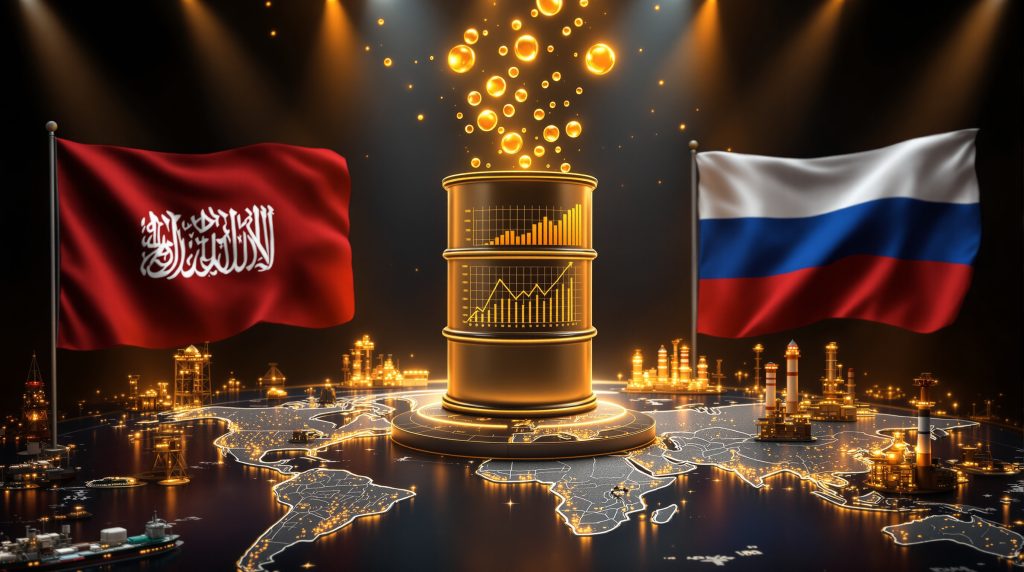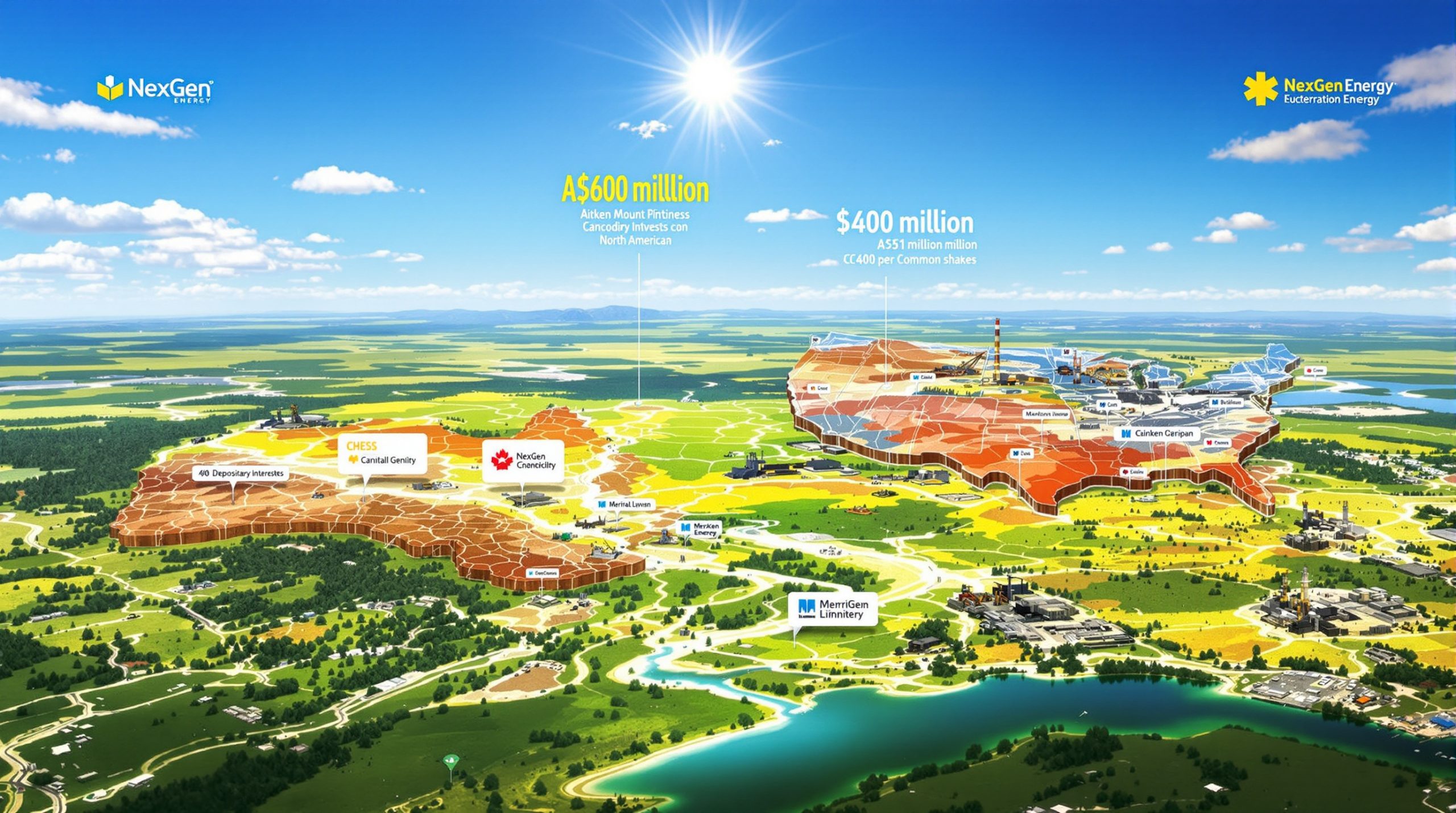Understanding OPEC+ Production Cuts: Global Impact and Market Dynamics
OPEC+ production cuts represent coordinated efforts by major oil-producing nations to regulate global oil supply and stabilize prices. These strategic adjustments have significant implications for energy markets, economic stability, and geopolitical relationships worldwide. The alliance's decisions influence everything from consumer fuel prices to national budgets of oil-dependent economies.
Historical Context of OPEC+ Collaboration
The OPEC+ alliance emerged as an expanded version of the traditional OPEC cartel, bringing together OPEC members with non-OPEC producers like Russia to create a more powerful market-influencing bloc. This collaboration has evolved from temporary arrangements to a more structured partnership that responds collectively to market challenges.
Current Structure of Production Cuts
The current OPEC+ production cut framework consists of multiple layers:
-
Core Production Cuts: 3.66 million barrels per day (bpd) of groupwide cuts established between 2022-2023, extended through 2026
-
Voluntary Reductions: Additional 2.2 million bpd cuts implemented by eight key producers (Saudi Arabia, Russia, Iraq, UAE, Kuwait, Kazakhstan, Algeria, and Oman)
-
Compensation Mechanisms: Requirements for overproducing members to implement additional cuts to compensate for previous non-compliance
How Are OPEC+ Production Cuts Being Unwound?
The alliance has begun a carefully orchestrated unwinding of production restrictions, balancing market stability with members' desire to increase output.
Phased Reduction Schedule
OPEC+ has implemented a gradual approach to unwinding cuts:
| Phase | Time Period | Production Increase | Notes |
|---|---|---|---|
| Initial Unwinding | April-September 2025 | First tranche (2.5 million bpd) | Fully unwound |
| Current Phase | October 2025 | 137,000 bpd | Second tranche beginning |
| Projected Phase | November 2025 | Additional 137,000 bpd | Expected next step |
| Complete Unwinding | By September 2026 | Full 2.2 million bpd voluntary cuts | Gradual 18-month process |
Strategic Considerations Behind the Timeline
The alliance has opted for a measured approach rather than abrupt changes for several reasons:
-
Market Stability: Preventing price volatility that could result from sudden supply increases
-
Demand Uncertainty: Allowing flexibility to respond to evolving global economic conditions
-
Member Consensus: Balancing competing interests among producers with different economic needs
-
Non-OPEC Competition: Maintaining market share against growing production from the U.S. and other non-members
Which Countries Play Critical Roles in OPEC+ Cut Compliance?
The effectiveness of OPEC+ production strategies depends heavily on member compliance, with some countries playing particularly pivotal roles.
Iraq's Pivotal Position
Iraq has emerged as a crucial player in the current unwinding phase:
-
Compensation Commitment: Proposed 130,000 bpd adjustment from August 2025 through January 2026
-
Kurdistan Region Complication: The imminent return of exports from Kurdistan adds complexity to Iraq's compliance efforts
-
Neutralizing Effect: Iraq's compensation cuts nearly offset the production increases from other OPEC+ members
Other Key Compliance Players
Several other members face significant compliance challenges:
-
Kazakhstan's Backloaded Approach: Starting with minimal cuts (35,000 bpd) in December 2025, escalating to 650,000 bpd by June 2026
-
Russia's Production Levels: Maintaining compliance despite Western sanctions and alternative market development
-
UAE's Expanding Capacity: Balancing growing production capacity with alliance commitments
How Do OPEC+ Decisions Affect Global Oil Prices?
The relationship between OPEC+ production policies and oil prices reflects complex market dynamics and psychological factors.
Price Response Mechanisms
OPEC+ decisions influence prices through multiple channels:
-
Supply-Demand Balance: Direct impact on global oil availability relative to consumption
-
Market Sentiment: Trader perceptions about future supply adequacy or constraints
-
Inventory Levels: Effects on global oil stockpiles that serve as supply buffers
-
Production Capacity Signals: Indications of producers' ability to respond to future disruptions
Recent Price Movements
Oil price movements have reflected market responses to OPEC+ strategies:
-
Initial Cut Impact: Price support following implementation of voluntary cuts
-
Gradual Moderation: Adjustment as markets absorbed the phased unwinding plan
-
Bearish Sentiment: Recent price weakness despite controlled supply increases, reflecting broader economic concerns
What External Factors Challenge OPEC+ Strategy?
OPEC+ operates within a complex global environment where numerous external factors can undermine or reinforce its market management efforts.
Non-OPEC Production Growth
Production from countries outside the alliance continues to influence market dynamics:
-
U.S. Shale Resilience: Continued production growth despite earlier price pressures
-
Brazilian Offshore Expansion: Increasing output from pre-salt fields
-
Canadian Production: Steady growth in oil sands output
-
Guyana's Emergence: Rapid development of new offshore resources
Geopolitical Complications
International tensions and sanctions regimes affect global oil flows:
-
Iran Sanctions: UN "snapback" sanctions potentially affecting Iran's ~1.5 million bpd of exports
-
Russian Export Patterns: Shifting trade flows in response to Western sanctions
-
Middle East Conflicts: Ongoing tensions affecting regional production and transit
-
Red Sea Shipping Disruptions: Houthi attacks impacting transportation routes
Furthermore, recent Alaska drilling policy changes have added another layer of complexity to the global supply picture, potentially offsetting some OPEC+ efforts to control market balance.
How Do OPEC+ Decisions Impact Different Stakeholders?
The alliance's production strategies create winners and losers across the global economy.
Producer Country Impacts
Oil-producing nations experience varied effects:
-
Saudi Arabia: Balancing price support with market share preservation
-
Russia: Managing sanctions effects while maintaining revenue streams
-
Smaller Producers: Often facing greater economic pressure from production constraints
Consumer Economy Effects
Countries that primarily import oil face different challenges:
-
Transportation Costs: Direct impact on shipping, aviation, and consumer fuel prices
-
Manufacturing Input Costs: Effects on petrochemicals and other oil-derived products
-
Inflation Pressures: Broader economic impacts from energy price fluctuations
-
Strategic Reserves: Decisions about petroleum stockpile management
The ongoing trade war impact between major economies has compounded these effects, creating additional uncertainty in global energy markets.
What's the Outlook for Future OPEC+ Production Strategies?
The alliance faces several critical decision points and strategic challenges in the coming years.
Near-Term Decision Factors
Upcoming OPEC+ meetings will consider:
-
Global Economic Indicators: Growth forecasts and demand signals from major economies
-
Inventory Levels: Commercial and strategic stockpile trends
-
Compliance History: Track record of members adhering to agreed cuts
-
Price Stability: Volatility and absolute price levels relative to producer needs
According to recent OPEC announcements, the organization may consider additional output increases if market conditions allow.
Long-Term Strategic Considerations
Beyond immediate market management, OPEC+ must navigate:
-
Energy Transition Pressures: Balancing oil market share against decarbonization trends
-
Capacity Investment Decisions: Determining appropriate levels of production expansion
-
Alliance Cohesion: Maintaining unity despite divergent member interests
-
Market Share Strategy: Positioning against growing non-OPEC production
Industry analysts from KPMG suggest these strategic decisions will have lasting geopolitical implications beyond immediate market effects.
FAQ: Understanding OPEC+ Production Cuts
How do OPEC+ production cuts affect gasoline prices?
OPEC+ production cuts typically support higher crude oil prices, which generally translate to increased gasoline prices for consumers. However, the relationship isn't always direct, as refining capacity, local taxes, and seasonal demand patterns also significantly influence retail fuel prices. The transmission of crude price changes to pump prices usually occurs with a lag of several weeks.
Why doesn't OPEC+ just maintain maximum production?
Maximizing production would likely lead to oversupply, price crashes, and lower overall revenue for producers. The alliance seeks to balance market share considerations with price stability that ensures sustainable income for member economies. Additionally, controlled production helps extend the lifespan of oil reserves and allows for more strategic resource management.
How do OPEC+ decisions affect renewable energy development?
OPEC+ production cuts that support higher oil prices generally improve the comparative economics of renewable energy projects. Sustained higher fossil fuel prices can accelerate investment in alternative energy sources by improving their cost competitiveness. However, oil price stagnation can complicate the financial viability of alternative energy initiatives.
What happens if OPEC+ members don't comply with agreed cuts?
Non-compliance weakens the effectiveness of production agreements and can lead to market skepticism about OPEC+'s ability to manage supply. The alliance has developed compensation mechanisms requiring overproducing members to make deeper cuts in subsequent periods. Persistent non-compliance can create internal tensions and potentially threaten coalition stability.
Further Exploration
Readers interested in learning more about global oil markets and production dynamics can explore crude oil trends to understand how OPEC+ decisions fit within broader market patterns and future projections for energy commodities.
Ready to Gain Early Access to Major Market Opportunities?
Discover significant ASX mineral announcements before the broader market with Discovery Alert's proprietary Discovery IQ model, providing real-time alerts and actionable insights for traders and investors. Begin your 30-day free trial today and position yourself ahead of the market on the next major discovery.




